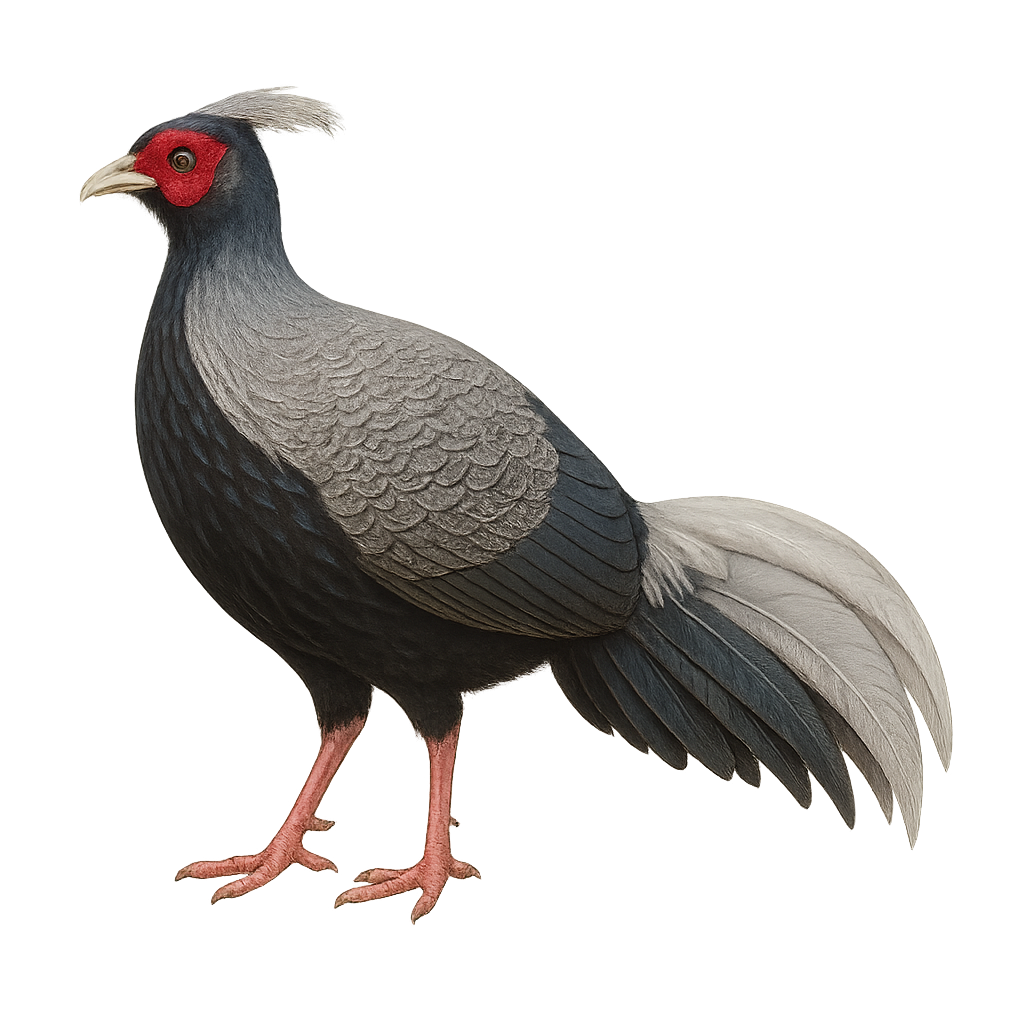Your wildlife photography guide.
Explore the kalij pheasant in detail, study its behavior, prepare your shots.
Where to observe and photograph the kalij pheasant in the wild
Learn where and when to spot the kalij pheasant in the wild, how to identify the species based on distinctive features, and what natural environments it inhabits. The WildlifePhotographer app offers tailored photography tips that reflect the kalij pheasant’s behavior, helping you capture better wildlife images. Explore the full species profile for key information including description, habitat, active periods, and approach techniques.
Kalij Pheasant
Scientific name: Lophura leucomelanos

IUCN Status: Least Concern
Family: PHASIANIDAE
Group: Birds
Sensitivity to human approach: Suspicious
Minimum approach distance: 10 m
Courtship display: March to May
Incubation: 24-26 jours
Hatchings: March to June
Habitat:
Dense forests, undergrowth, mountainous areas
Activity period :
Primarily active during the day, with peak activity in the morning and late afternoon.
Identification and description:
The Kalij Pheasant, or Lophura leucomelanos, is an elegant bird from the Phasianidae family, native to the forests of South Asia. It is recognizable by its glossy black plumage in males, with metallic sheen, and its distinctive crest. The female, more discreet, has a brown speckled plumage. These birds prefer dense forest habitats, where they feed mainly on seeds, insects, and small invertebrates. They are often seen in small family groups. Although generally suspicious, they can become accustomed to human presence in protected areas. Their call is a sharp, piercing cry, often heard at dawn and dusk.
Recommended lens:
400 mm – adjust based on distance, desired framing (portrait or habitat), and approach conditions.
Photography tips:
To photograph the Kalij Pheasant, it is advisable to use a telephoto lens of at least 400mm to capture detailed images from a distance, as these birds are often suspicious. Opt for morning or evening hours when the light is soft and the pheasants are more active. Be patient and discreet, blending into the environment to avoid scaring them away. A tripod can be useful to stabilize your camera, especially in the shaded areas of forests.
The WildlifePhotographer App is coming soon!
Be the first to explore the best nature spots, track rutting seasons, log your observations, and observe more wildlife.
Already 1 439 wildlife lovers subscribed worldwide

